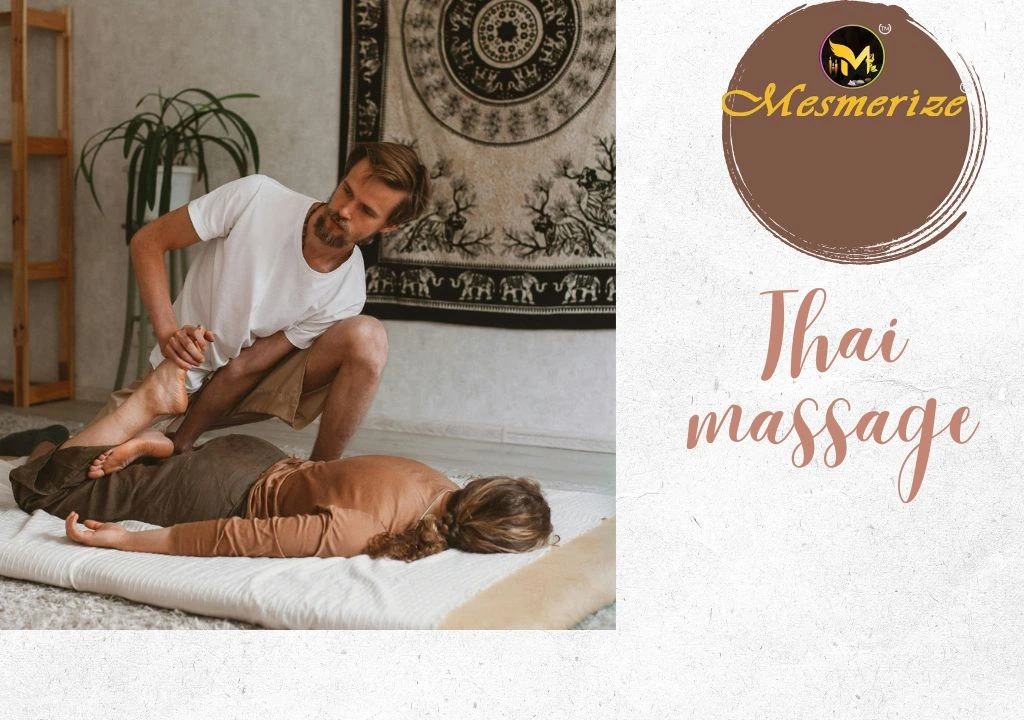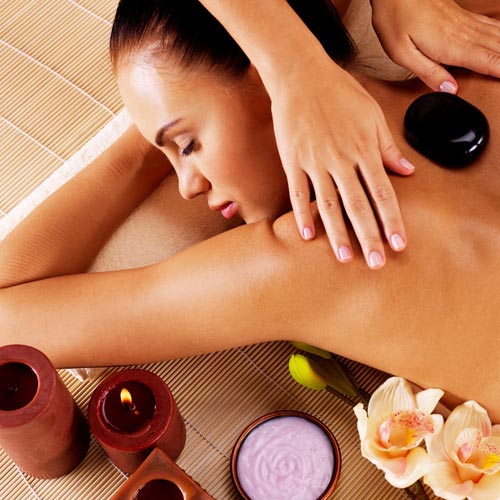Thai Massage 101: Ancient Techniques for Modern Pain Relief and Flexibility
Thai massage has been popular for centuries. It is known for its unique ability to harmonize energy mind and body. This type of massage has its origin in Ayurvedic and Buddhist traditions. It is a complete healing practice that includes rhythmic movement, acupressure and gentle stretching – to rejuvenate both muscles and spirit. At the best spa centre in Kolkata, many regulars like to undergo this specific massage.
How Ancient Thai Massage Techniques Improve Modern Pain Relief and Flexibility
Find out how these ancient Thai massage techniques can be used for modern pain relief and flexibility improvement, with the best results.
1. Assisted Yoga Stretching
Stretching, similar to yoga, is one of the most recognizable features of Thai massage. In this practice, a therapist gently guides recipients through a series of passive poses that are aimed to open joints, elongate muscles and release the sensation of tightness.
This type of technique improves range of motion – particularly in the hips, shoulders and lower back. It can also encourage a deep state of relaxation.
2. Rhythmic Acupressure
This kind of massage integrates rhythmic compression along specific Sen lines of the body. It can stimulate the internal energy of the body. When therapists apply gentle to firm pressure on your body, using thumbs and hands, they can alleviate muscular tension, balance energy flow and improve blood circulation. This technique of acupressure is particularly useful for people who suffer from fatigue or chronic stiffness due to long hours of standing or sitting.
3. Palm and Thumb Rolling
This ancient technique, used in any reputed female to male spa in Kolkata, involves rolling motions with the palms and thumbs of the therapist along major muscle groups of the body. The rhythmic movement increases oxygen flow, warms tissues and encourages lymphatic drainage. Palm and thumb rolling is well-known for reducing soreness of the muscles after daily strain or intense workouts. It can make the body lighter and more energized.
4. Deep Compression and Joint Mobilization
Thai massage works unlike traditional messages which only focus on surface muscles. It often makes use of deep compressions along with gentle joint mobilizations. Therapists may lean their own body weight into particular areas for releasing built-up tension in the deeper muscle layers. At the same time, they carefully rotate the joints for restoring mobility.
Due to this dual technique, you can be assured of both structural alignment and pain relief. It can be especially useful for athletes and those who are trying to recover from physical strain.
5.Energy Line Balancing
Energy balance lies at the core of Thai massage. According to practitioners, blocked energy along the Sen lines can lead to illness or discomfort. With carefully targeted pressure and stretching, they can reopen these energy channels for restoring balance. Due to this reason, you can experience mental clarity, a profound sense of relaxation and renewed vitality after undergoing such a massage session.
In the modern world, Thai massage in Kolkata offers a restorative break to people who often experience physical stiffness along with mental exhaustion. With regular sessions, you can alleviate stress, boost your circulation and reduce back pain. At the same time, you can reconnect your body and mind in complete harmony.
FAQ
1. What is Thai massage and how is it different from regular massage?
Thai massage is a traditional healing therapy that combines stretching, acupressure, rhythmic movement, and energy balancing. Unlike regular oil-based massages, Thai massage is performed fully clothed and involves assisted yoga-like stretching and deep pressure techniques.
2. Can Thai massage help with chronic pain and stiffness?
Yes. Techniques like rhythmic acupressure, deep compression, and joint mobilization help release muscle tension, improve circulation, and reduce stiffness—making it highly effective for chronic pain, especially in the back, shoulders, and legs.
3. Is Thai massage suitable for beginners or people with low flexibility?
Absolutely. Thai massage is fully guided by the therapist, meaning you don’t need to be flexible. The assisted stretching is gentle and customized based on your comfort level, making it ideal even for beginners or those with limited mobility.
4. How often should I get a Thai massage for best results?
For pain relief, flexibility improvement, and overall wellness, one session every 1–2 weeks is ideal. Regular sessions help maintain energy balance, reduce stiffness, and support better movement and posture.
5. What can I expect during a Thai massage session at a spa?
You can expect slow, rhythmic movements, assisted stretches, thumb and palm rolling, and targeted pressure along Sen (energy) lines. The session usually lasts 60–90 minutes and leaves you feeling relaxed, lighter, and more flexible.

















